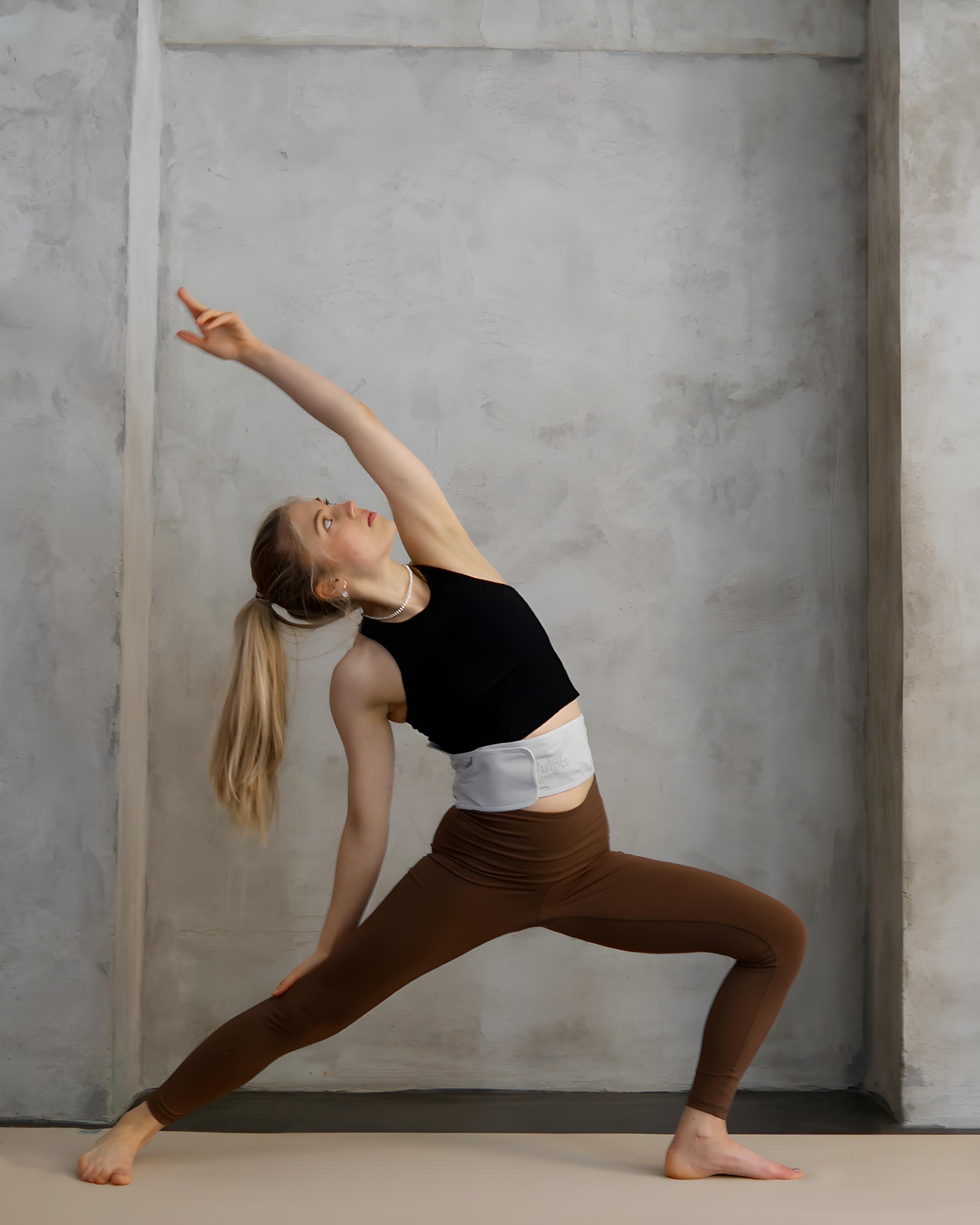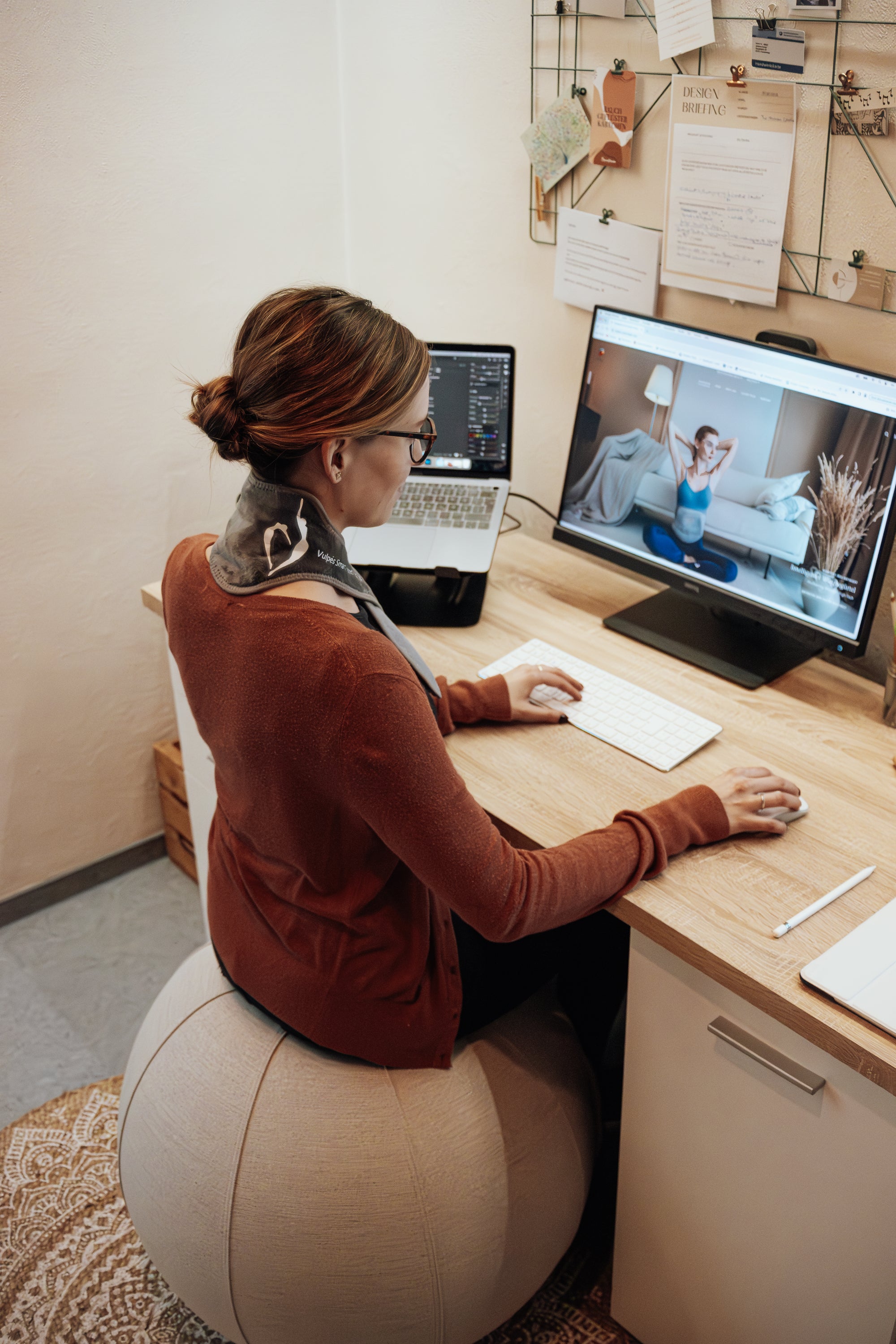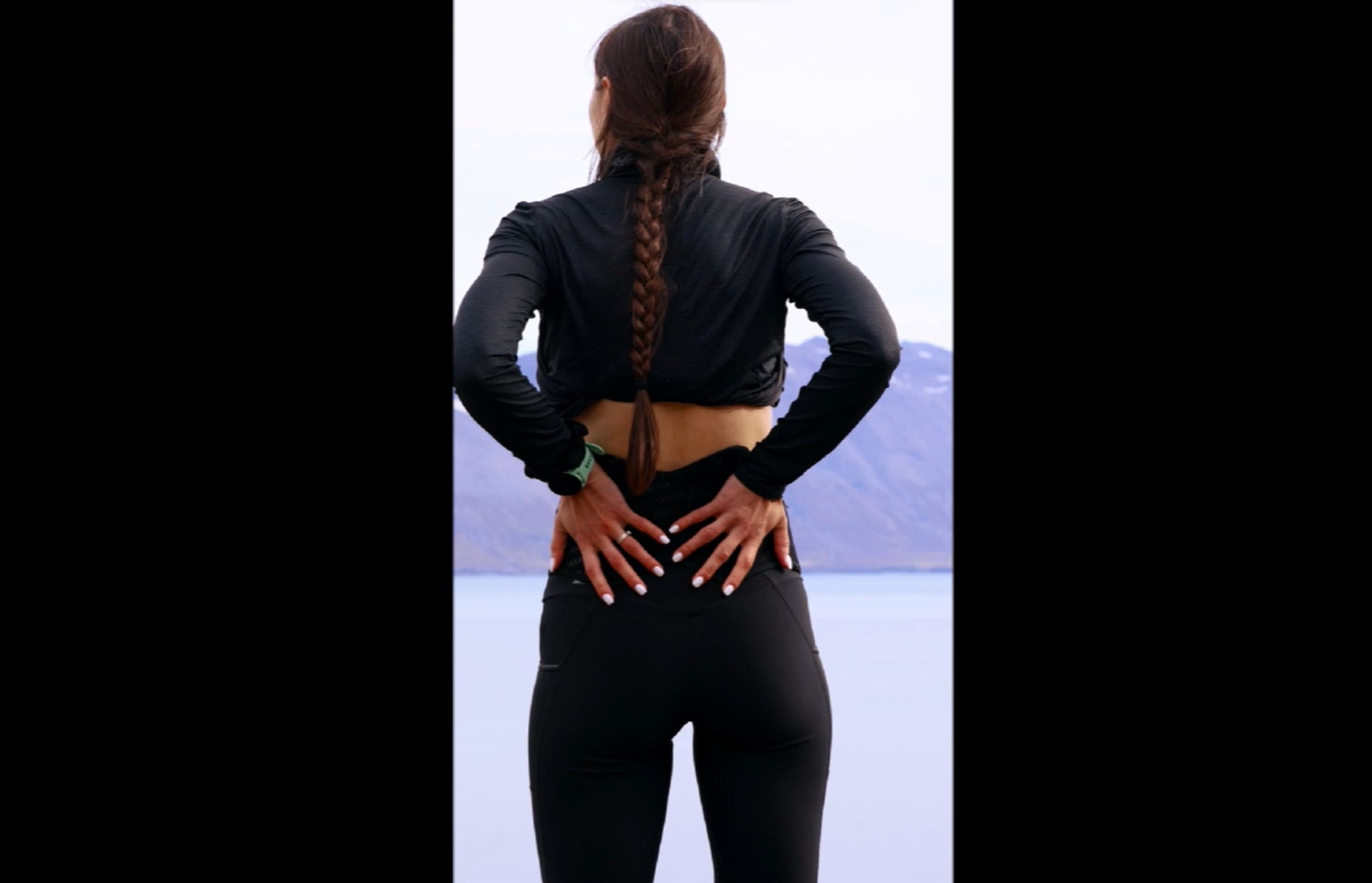Back pain is a common issue affecting millions of people worldwide, often stemming from poor posture, muscle imbalances, or a sedentary lifestyle. One of the most effective, holistic approaches to managing and preventing back pain is through yoga and stretching routines. These practices not only alleviate existing discomfort but also enhance flexibility, strengthen muscles, and promote overall spinal health. This blog explores how specific yoga poses and stretches can help prevent and relieve back pain, backed by medical, physical, and therapeutic insights.
1. The Connection Between Yoga, Stretching, and Back Pain
Yoga is a mind-body practice that combines physical postures, breathing techniques, and meditation. It has been extensively studied for its therapeutic benefits, particularly in relation to back pain. Stretching, a key component of yoga, helps increase muscle flexibility and joint range of motion, reducing the risk of injuries and alleviating pain.
From a medical perspective, yoga and stretching work by:
- Improving Flexibility: Tight muscles, particularly in the hamstrings, hip flexors, and lower back, can contribute to back pain. Stretching these muscles increases flexibility and reduces tension on the spine.
- Strengthening Core Muscles: A strong core supports the spine and helps maintain proper posture, which is essential for preventing back pain.
- Enhancing Blood Flow: Stretching and yoga improve circulation, delivering more oxygen and nutrients to muscles and tissues, which aids in recovery and pain relief.
- Reducing Stress: Stress is a known contributor to muscle tension and pain. Yoga’s emphasis on deep breathing and relaxation can help lower stress levels, thus reducing pain.
2. Key Yoga Poses for Back Pain Prevention and Relief
Incorporating specific yoga poses into your routine can significantly reduce back pain and improve spinal health. Here are some of the most effective poses:
a. Cat-Cow Pose (Marjaryasana-Bitilasana)
Muscles Targeted: Erector spinae, abdominals, shoulders.
Why It’s Effective: The Cat-Cow Pose gently stretches and warms up the spine, promoting flexibility and easing tension in the back.
How to Perform:
- Start on all fours with your hands under your shoulders and knees under your hips.
- Inhale, arching your back (Cow Pose) while lifting your head and tailbone.
- Exhale, rounding your back (Cat Pose) while tucking your chin and tailbone.
- Repeat for 5-10 breaths, moving slowly with each breath.
Tip: Focus on the fluidity of movement to improve spinal mobility.
b. Downward-Facing Dog (Adho Mukha Svanasana)
Muscles Targeted: Hamstrings, calves, spine, shoulders.
Why It’s Effective: This pose stretches the entire back of the body, from the shoulders to the calves, relieving tension and improving flexibility in the spine and hamstrings.
How to Perform:
- Start on all fours, then lift your hips towards the ceiling, forming an inverted V-shape.
- Press your heels towards the ground and lengthen your spine.
- Hold for 5-7 breaths, keeping your head between your arms.
Tip: Bend your knees slightly if your hamstrings are tight to maintain a straight back.
c. Child’s Pose (Balasana)
Muscles Targeted: Lower back, hips, shoulders.
Why It’s Effective: Child’s Pose is a restorative pose that gently stretches the lower back and hips, providing immediate relief from tension and stress.
How to Perform:
- Kneel on the floor, sitting back on your heels.
- Extend your arms forward and lower your torso over your thighs.
- Rest your forehead on the ground and hold for 1-2 minutes, breathing deeply.
Tip: Use a bolster or pillow under your chest for added support if needed.
d. Sphinx Pose (Salamba Bhujangasana)
Muscles Targeted: Lower back, abdominals, chest.
Why It’s Effective: Sphinx Pose is a gentle backbend that strengthens the lower back and opens the chest, counteracting the effects of prolonged sitting.
How to Perform:
- Lie face down with your forearms on the ground and elbows under your shoulders.
- Lift your chest, pressing your forearms into the ground.
- Keep your lower body relaxed and hold the pose for 5-10 breaths.
Tip: Avoid straining your lower back by engaging your core muscles during the pose.
e. Reclining Hand-to-Big-Toe Pose (Supta Padangusthasana)
Muscles Targeted: Hamstrings, lower back, hips.
Why It’s Effective: This pose stretches the hamstrings and lower back, reducing tension and improving flexibility, which is crucial for preventing lower back pain.
How to Perform:
- Lie on your back and extend one leg towards the ceiling.
- Hold your big toe or use a strap around your foot to deepen the stretch.
- Keep the opposite leg extended on the ground and hold for 5-10 breaths, then switch sides.
Tip: Keep your lower back pressed into the ground to protect your spine.
3. Essential Stretching Routines for Back Health
In addition to yoga, incorporating specific stretching routines can further enhance back health and prevent pain.
a. Piriformis Stretch
Muscles Targeted: Piriformis, glutes, lower back.
Why It’s Effective: The piriformis muscle can contribute to lower back pain when tight. Stretching it helps relieve sciatic nerve pressure.
How to Perform:
- Lie on your back with your knees bent.
- Cross one ankle over the opposite knee, forming a figure-four shape.
- Gently pull the uncrossed leg towards your chest, feeling a stretch in the glutes and lower back.
- Hold for 20-30 seconds and switch sides.
b. Seated Forward Bend (Paschimottanasana)
Muscles Targeted: Hamstrings, lower back.
Why It’s Effective: This stretch elongates the spine and hamstrings, reducing tension in the lower back.
How to Perform:
- Sit with your legs extended straight in front of you.
- Inhale, lengthen your spine, and exhale as you fold forward, reaching for your feet.
- Hold for 30-60 seconds, breathing deeply.
c. Hip Flexor Stretch
Muscles Targeted: Hip flexors, quads.
Why It’s Effective: Tight hip flexors can cause anterior pelvic tilt, leading to lower back pain. Stretching them helps correct posture and reduce strain on the lower back.
How to Perform:
- Start in a lunge position with one foot forward and the other knee on the ground.
- Push your hips forward, keeping your torso upright.
- Hold for 20-30 seconds and switch sides.
4. Therapeutic Benefits of Yoga and Stretching
From a therapeutic standpoint, yoga and stretching offer several benefits beyond physical relief:
- Mind-Body Connection: Yoga promotes mindfulness and body awareness, helping individuals recognize and address areas of tension before they become problematic.
- Stress Reduction: Yoga's emphasis on deep breathing and relaxation techniques helps lower cortisol levels, reducing overall stress and tension that contribute to back pain.
- Chronic Pain Management: Regular yoga practice has been shown to reduce chronic back pain by improving physical function and decreasing pain perception.
5. Incorporating Yoga and Stretching Into Your Routine
To reap the full benefits of yoga and stretching, consistency is key. Here’s how to incorporate these practices into your daily routine:
- Start Small: Begin with 10-15 minutes of yoga or stretching each day, gradually increasing the duration as your flexibility improves.
- Focus on Breath: Synchronize your movements with your breath to enhance the mind-body connection and maximize the therapeutic effects.
- Listen to Your Body: Avoid pushing into discomfort or pain. Yoga and stretching should feel good and relieve tension, not cause strain.
- Combine with Other Activities: Incorporate yoga and stretching into your regular fitness routine, complementing activities like strength training, cardio, or walking.
- Combine with Heated Belt: Combining a heated belt with yoga can help improve flexibility and alleviate muscle tension by increasing blood flow and warming the muscles during your practice.
Yoga and stretching routines are powerful tools for preventing and relieving back pain. By incorporating the poses and stretches mentioned above into your daily routine, you can strengthen your back, improve flexibility, and reduce the risk of injury. Whether you’re dealing with occasional discomfort or chronic pain, these practices offer a holistic approach to maintaining a healthy, pain-free back. Prioritize your spinal health by making yoga and stretching a regular part of your life, and enjoy the benefits of a stronger, more flexible back.
Remember, always consult with a healthcare professional before starting any new exercise routine, especially if you have a pre-existing condition or injury. Your back is central to your overall well-being, and with the right care, you can ensure it stays healthy and strong for years to come.



